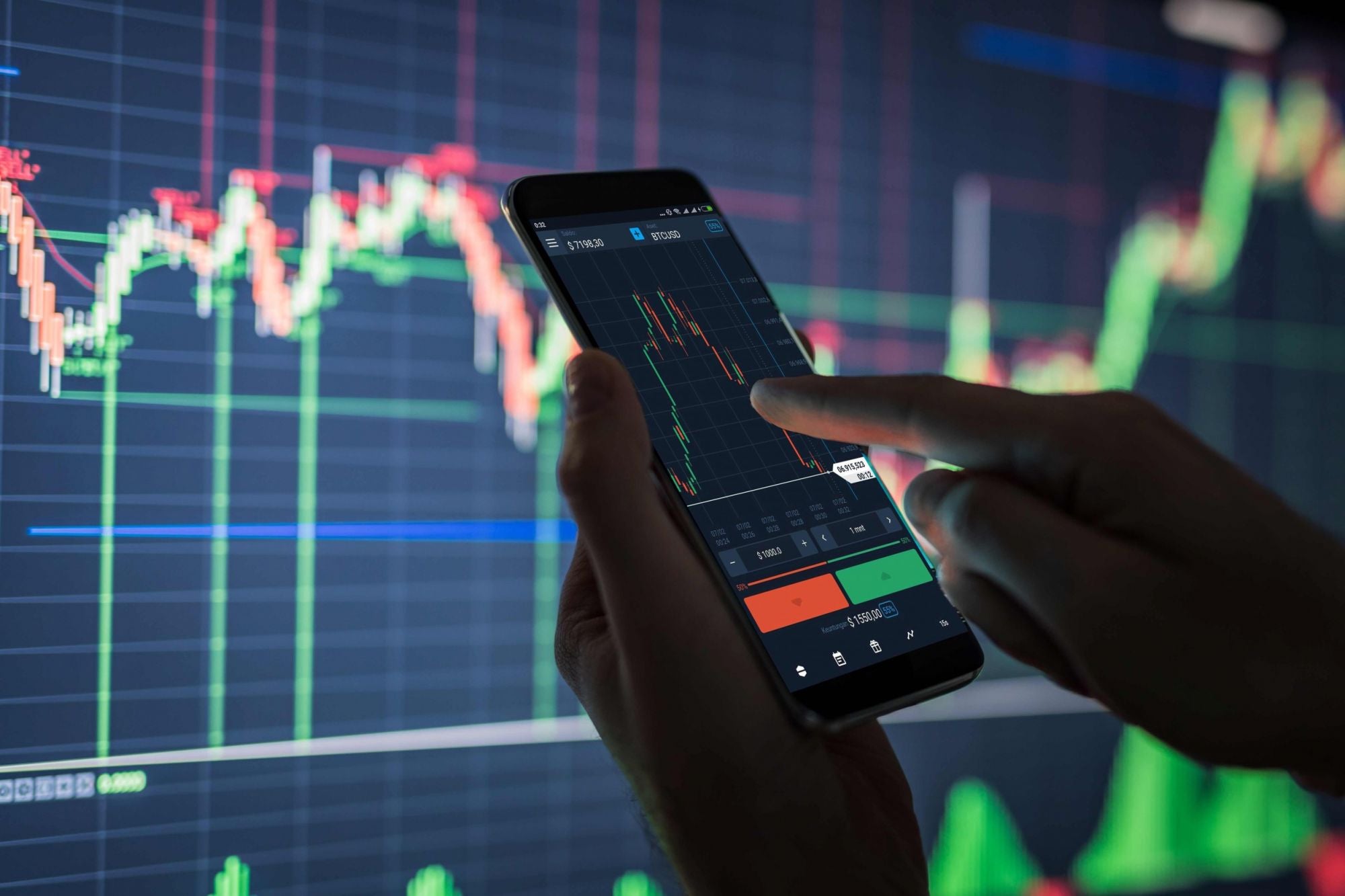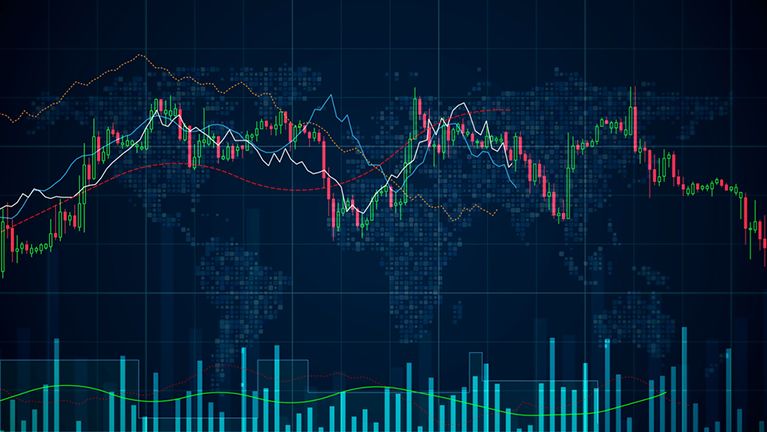Even though day forex trading is very rewarding, it comes with many challenges, even for those with many years of forex trading experience. It is even more challenging when choosing the best forex indicators to use for trading. Forex trading is a very personal thing, and most people go with what they are comfortable with and what they think will give profits easily and quickly.
However, it does not hurt to know about some of the good indicators in the forex market that make trading even more effortless. Indicators can either be repainting or non-repainting, which means that calculations can change over time or remain the same. The following indicators are some of the best options to use in the forex trading market.
Relative Strength Index
One of the most popular indicators is the Relative Strength Index or RSI that measures relative strength just as the name suggests. The indicator essentially takes the momentum that technical practitioners and analysts use to measure the most recent changes in price for currency pairs, to determine whether the market will have an overbuying or overselling.
RSI displaysreadings between 0 and 100 that appear at the bottom of the chart as an oscillator. Many forex traders have trusted and used RSI in several timeframes for over 50 years. The exaggeration of trends is a common thing, and the idea behind using RSI is that traders should see things differently when trends seem to get out of hand.
The idea, which also goes by 14 candles, or “look back period,” measures the last 14 candlesticks average of the percentage gains.
Example
A currency pair closes 10 days of the last 14 days with a 1% average gain. The 4 days remaining had a 0.5% average loss. The indicator will calculate all the corresponding figures before planting them on the oscillator chart. The indicator then rises with the positive closes and falls with an increase in losing candles.
The indicator through a smoothing algorithm will determine whether there is overbuy or oversell. If the indicator’s reading is above 70%, then there is the danger of overbought in the forex market. If the reading is below 30%, there is a danger of oversold. At this point, the forex trader seeks other opportunities in a different direction to make profits.
Previous Day’s Highs and Lows
While using the previous day’s highs and lows is not precisely a forex day trading indicator, it makes a massive difference in how you trade. It helps you compare the key differences between the highs and those of the lows for practical technical analysis. It also highlights the specific levels that cause the lows and those that caused the highs and the repercussions to expect if the trader continues with the same momentum.
Major Forex currency pairs trend over long periods and this indicator helps you keep up with the weekly and longer-term trading trends. Long-term forex trends can go on for several years, and the previous day’s highs and lows indicator does not give you a 100% guarantee that things will change for the better. However, it is a powerful method, and it can help make a huge difference in trading patterns.
If you notice that the trade is working against you, you can still get out before making things worse. If the highs remain constant regardless of the happenings during the trading sessions, you can continue doing what you are doing. It helps you to puts all the odds in your favor for profitability.
Wrapping it up
The above two are the most common indicators for daytime forex trading, but there is also the classic exponential moving average that some traders prefer. The two keep trading simple by helping you to focus on what really matters for profitable trading.
When used on multiple timeframes, the RSI shows better predictability than all other indicators. Previous Day’s Highs and Lows on the other hand helps you to know whether you should get out the current trading patterns before making things worse or continue if the profit margins stay the same.
Mastering technical analysis tools in forex trading is challenging even for some traders that have been in the profession for many years. However, once you learn how to use the above simple indicator tools, you will stand a better chance of becoming a profitable daytime forex trader.



